
The Morgan Horse is one of America’s first horse breeds. The breed is highly valuable for its intelligence and agility, making it ideal for a wide range of activities, from dressage to trail riding. Their docile temperament has earned Morgans a loyal following all over the world. Factors such as bloodline, age, and training level will influence the cost, but on average, you can expect to pay for a Morgan Horse anywhere between $1,000 and $5,000.
Let’s check interesting facts and characteristics of the Morgan Horse breed.
What Is a Morgan Horse?
The Morgan Horse is one of the oldest horse breeds in the USA. Morgan Horses feature compact and muscular bodies. The Morgan Horse height is 14.1 to 15.2 hands tall. The equine had an impact on other major American breeds, including the Standardbred, American Quarter Horse, and Tennessee Walking Horse.
Morgans are highly versatile equines. They are used in a range of riding disciplines. These are dressage, show jumping, Western pleasure, and endurance riding. Besides, owners use the equine as a stock horse and a family horse.
The Morgan Horse is a state animal of Vermont and Massachusetts. The horse is also popular because of Marguerite Henry’s book named “Justin Morgan Had a Horse“. The plot was used in a Disney movie later.
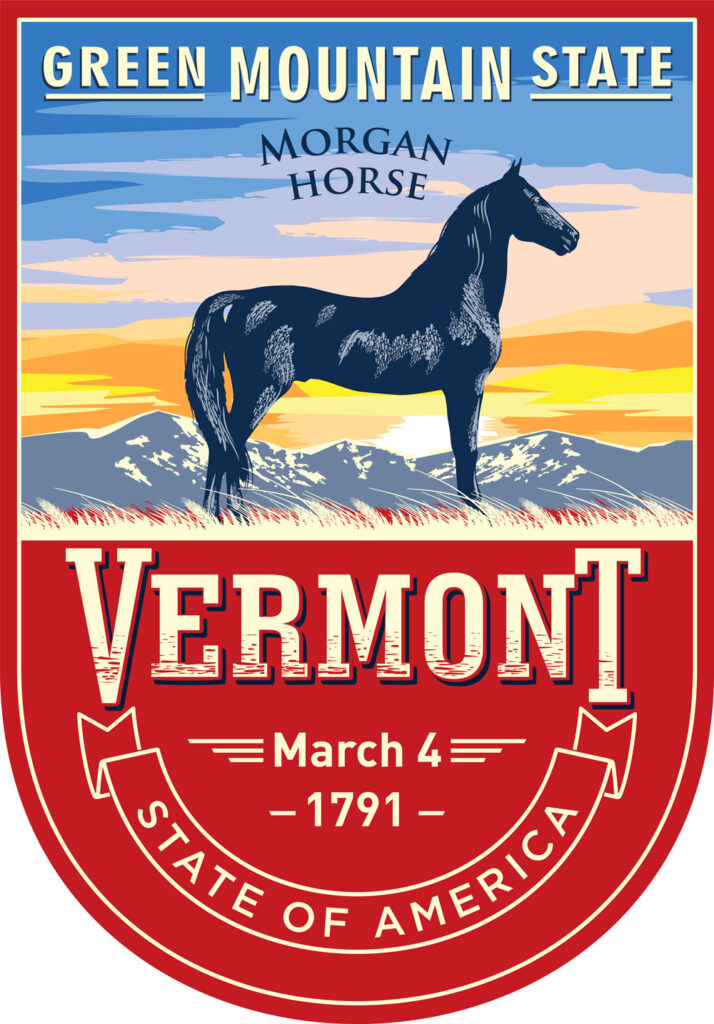
Morgan Horse History
The Name of the Morgan Horse Breed
Why Morgan? All the breed’s representatives share their pedigree with a foundation sire. That was a stallion named Figure. The horse was foaled in Massachusetts in 1789. Justin Morgan, a U.S. school teacher and horse breeder, got Figure as a payback. People called that equine the Justin Morgan Horse. Since then, the breed was later renamed “the Morgan Horse”.
Figure was a well-known stallion. He was described as 14 hands tall and 1,000 pounds weight. The Justin Morgan’s horse was loved by its distinctive look and athletic build. His own pedigree is still unclear. There’s a theory that Figure came from a Thoroughbred sire called Beautiful Bay. And the Thoroughbred horse is believed to come from the Turkoman Horse. The Morgan stallion may have had the bloodlines of the Welsh Cob, Arabian, and Friesian Horse.
The Morgan’s horse died in 1821. Another horse kicked him and Figure died of his injuries. The equine left his heritage as he was used in horse breeding. Figure had six sons, perhaps, there were even more. Three of them (Woodbury, Bulrush, Sherman) became the foundation bloodstock of the Morgan Horse breed.
Woodbury was a notable breed figure in New England. He was 14.3 hands tall and of a chestnut color. Bulrush was well-known in harness racing for his speed and endurance. He was 14 hands tall and of a dark bay color. Sherman was the sire of Black Hawk. The last was a foundation stallion of the breeds including the American Saddlebred, Standardbred, and Tennessee Walking Horse.
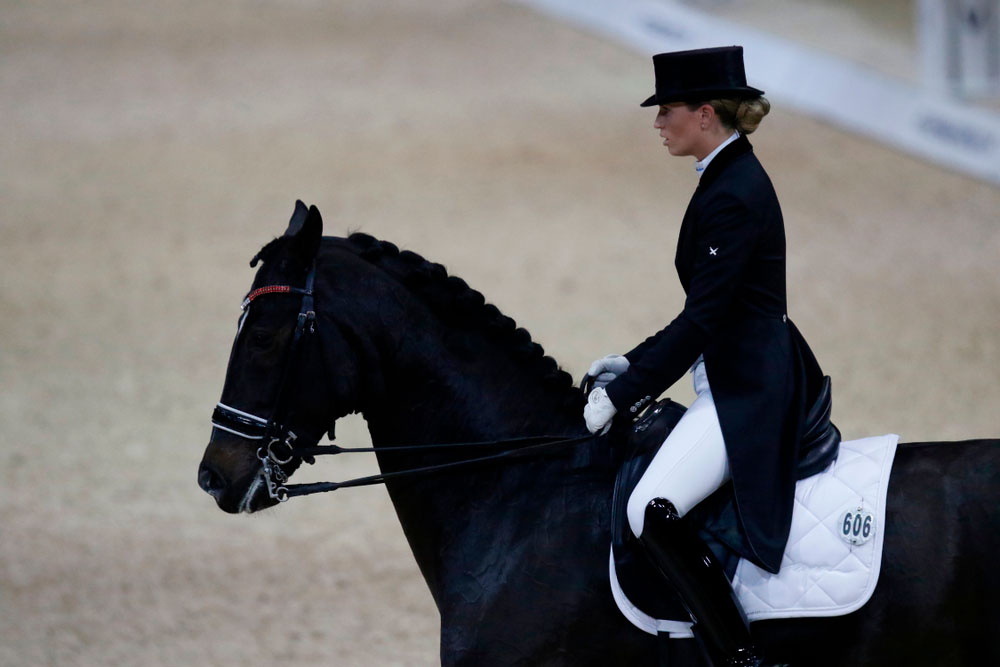
The Development of Morgan Horses
Since the 19th century, the Morgan Horse has been actively used in a range of disciplines. The breed’s distinctive features made the horse quite versatile in use. Morgans were actively used as harness horses where the rider sits on a cart behind the horse. Morgan Horses were also pulling coaches due to their endurance and great speed.
Owners used the Morgan breed as stock horses to work with livestock. And for other farm work as well. Morgan Horses were also used in riding disciplines and pleasure riding. During the American Civil War, Morgans served as harness, artillery horses, and riding horses.
The Morgan Horse breed influenced several horse breeds. Shepherd F. Knapp was a trotting stallion brought to England in the 1860s. He took part in breeding the Hackney Horse breed. The Morgan Horse shares its pedigree with the Missouri Fox Trotter. Morgan Horses were crossbred with Texan Horse herds. This affected the development of the American Quarter Horse. However, breeding led to the disappearance of the original Morgan Horse. Some representatives are still left and kept isolated though.
Paying homage to the breed’s distinguished history, the Kentucky Horse Park in Lexington proudly displays a 15-foot statue of the bay colt named Figure, the foundation sire. Crafted by sculptor Gwen Reardon in 1979, this stunning piece captures all of the founding stallion spirit and vigour.

Bloodline Families
The Morgan Horse bloodlines are divided into four groups. These are Brunk, Government, Lippitt, and Working Western.
- The Brunk Family refers to the Illinois breeding. Their Morgans stand out with their athletic build and soundness.
- The Government Family is the biggest one. The line started from breeding horses in the Morgan Horse Farm in the 20th century.
- The Lippitt Family refers to the breeding program by Robert Lippitt Knight. He focused on preserving the purity of the Morgan breed.
- The Working Western Family focused on breeding stock and working horses. Those Morgan Horses came from the Government Family brought west.

Morgan Horse Organizations
The Morgan Horse Club was formed in 1909 that was later renamed the American Morgan Horse Association (AMHA). In the beginning, there was an argument about whether to make the stud book open or closed. This affected the controversy in other US stud books.
Eventually, the stud book became closed in 1948. The Morgan horse register showed that the equines are popular not only in the USA. Morgans are widely spread worldwide, particularly in Sweden and Great Britain.
The AMHA is the largest Morgan Horse association. Apart from it, the National Morgan Pony Registry was founded in 1996. It focuses on equines that are 14.2 hands tall or shorter.
There are other organizations that specialize in specific Morgan’s bloodlines. The Rainbow Morgan Horse Association focuses on Morgans with rare colors. For instance, those who have cream or silver dapple genes.
The Foundation Morgan Horse Association works with Morgans that resemble the original stocky type seen before breeding with the Saddlebred Horse.
The Lippitt Club and the Lippitt Morgan Breeders Association were formed in 1973 and 1995 respectively. As their names imply, these communities hold the registry of Morgans of the Lippitt Family.
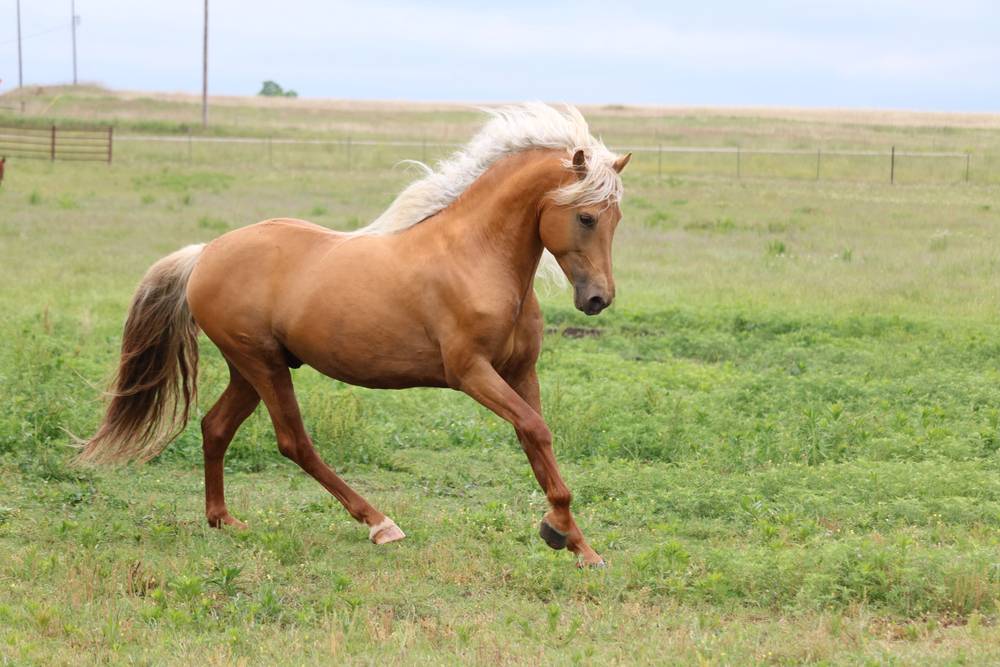
The UVM Morgan Horse Farm, located in Weybridge, Vermont has been preserving and promoting the Morgan breed for over a century. Founded in 1878 – when horse breeding was still an art form – it stands proudly as one of the most important centers helping to advance modern Morgans.
The University of Vermont‘s US Morgan Horse Farm is committed to fostering and educating the public on this American breed. You can find more than 40 beautiful horses that comprise breeding stallions, broodmares, and young colts. As a visitor here, you have the chance to take in guided tours. They detail not only the history but also observe training demonstrations as well as partake in riding lessons.
The Morgan Horse became the pioneer of American breeds when it represented the United States in the renowned World Pairs Driving competition. The breed has been used in harness, jumping, dressage, cutting, competitive trail and more.
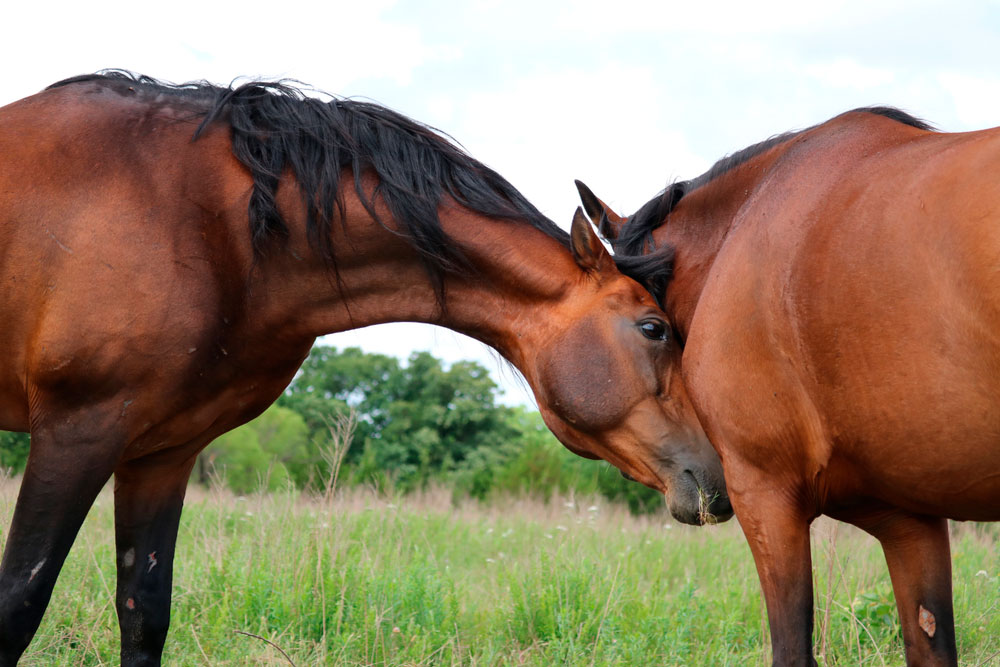
Morgan Horse Temperament
The Morgan Horse has a gentle temperament. It’s a highly intelligent horse breed. Morgans feature a friendly personality. That’s why they’re generally used for pleasure and as therapeutic riding horses. The Morgan Horse breed tends to express its willingness to work.
Due to the excellent temperament of the Morgan breed, the horse is quite versatile. It’s generally used in riding and driving disciplines. Morgans are outstanding work horses.
If you’re looking for a horse for beginners, the Morgan is a great option. The breed is calm and placid. Morgans enjoy the company of their owners. They are eager to please people. The Morgan Horse is ideal for kids and adults. Just remember to wear a protective equestrian helmet and horse riding gloves when you mount a horse.
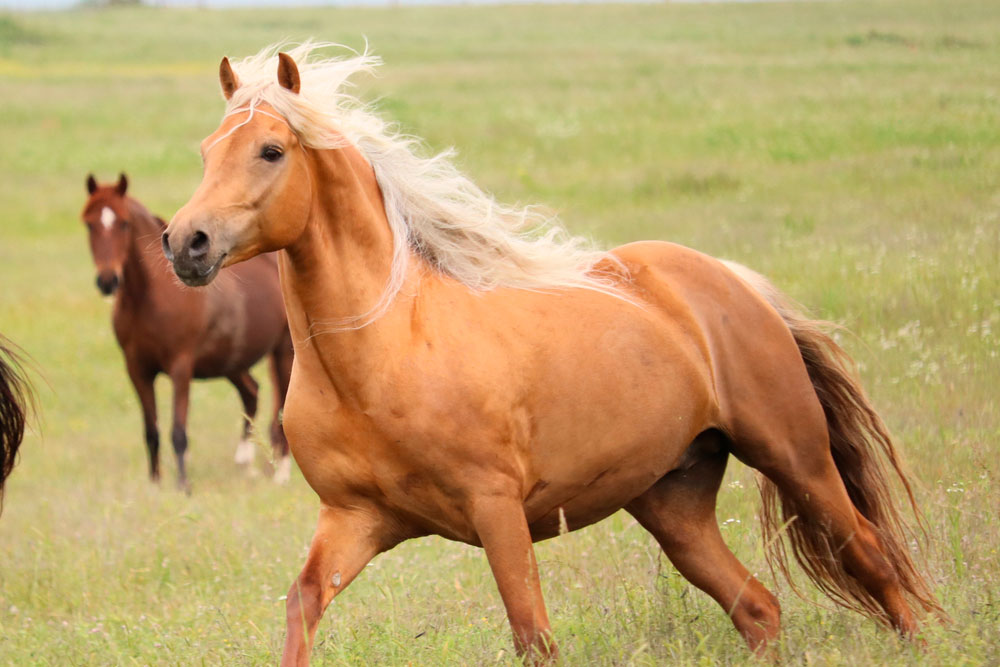
Morgan Horse Characteristics
The Morgan Horse conformation is easily recognizable. It has a compact body with a short head and small alert ears. The broad forehead, large expressive eyes with a deep latch. The refined throatlatch ensures proper flexion at the poll. So the horse can breathe duly. The face is straight or slightly dished.
The neck is slightly curved. The shoulders are long and sloping. The back is short and muscled. The withers are well-defined. The flank is deep. The ribs are well-sprung. The croup is long and well-muscled. The tail is attached high, the hair is straight. The hair of the mane and tail is thick.
The body is strong and powerful. Straight legs are long and massive.
Morgan Horse Height
The Morgan Horse height is 14.1 to 15.2 hands tall on average. Some representative of the breed may be smaller or bigger though.
Morgan Horse Weight
The Morgan Horse weight is 1,000 pounds on average. That’s a common weight for an average horse. Morgans are easy keepers. That means they can live in conditions with little forage. Feed your horse with enough hay and other food to keep it healthy.

Morgan Horse Lifespan
The life expectancy of the Morgan Horse breed is up to 30 years. Proper daily care of horses makes them live longer.
Morgan Horse Colors
The common colors of Morgan Horses are bay, black, and chestnut. Other colors can be found too. These are grey, dun, roan, buckskin, silver dapple, and palomino. Some pinto white markings can be spotted on Morgans. These are frame overo, sabino, and splashed white.
Morgan Horse Gait Explained
Generally, Morgans are not gaited. However, there are some gaited Morgan Horses. They can perform the walk, the canter, and the trot. Plus at least one ambling gait. This can be a fox trot, pace, or rack. Gaited Morgans are at a high price.
- The Walk. It’s a four-beat gait when 3 legs are on the ground at the same time.
- The Trot. It’s a two-beat gait. A diagonal pair of limbs are on the ground at the same time.
- The Canter. It’s a three-beat gait. The Canter is performed in the following way of moving. Hind limb, other hind limb and opposite front together, other front limb.

How Much Does a Morgan Horse Cost?
The Morgan Horse costs from $1,000 to $5,000. The average price is $3,000 for a young and healthy equine. A registered and well-trained Morgan could cost up to $10,000. The price depends on many factors. These are the horse’s age, gender, color, health, and training experience.
Morgan Horse vs Quarter Horse
A Morgan is generally smaller than a Quater Horse. Sometimes, they can be taller in height. But the Morgan’s build is more compact. Modern Quater Horses have dominant Thoroughbred blood that makes them lean and tall. The Morgan Horse can be gaited while the Quater Horse can not.
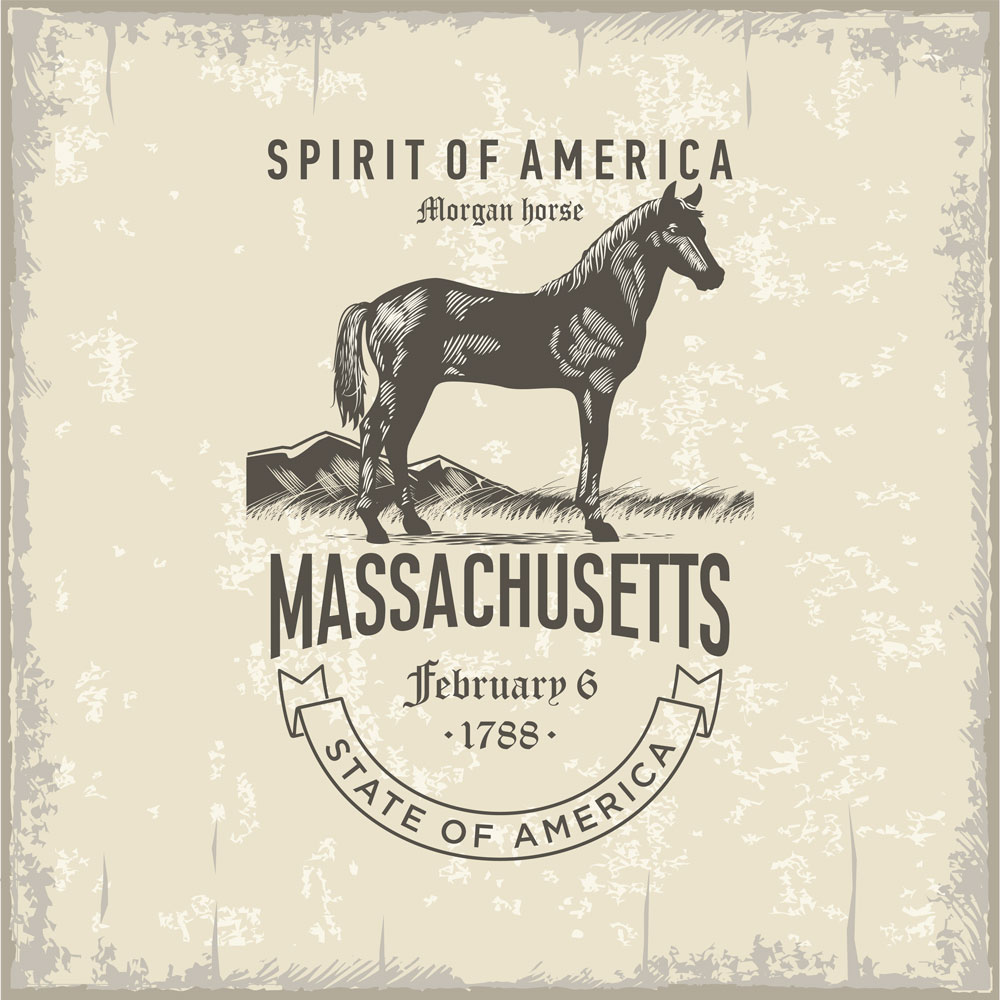
Morgan Horses as the Oldest Breed
Morgan Horses are loved for their graceful appearance and gentle temperament. The horse is eager to please its owner. You’ll definitely be chuffed to bits with such a versatile horse. Besides, Morgans are easy keepers, which is a plus.
The Morgan is one of the oldest American horse breeds. It’s influenced other breeds thought its history. Morgan Horses stand out with superb characteristics. The horse is athletic and speedy. It’s commonly used in harness, dressage, showjumping, eventing, and pleasure riding. Morgans can be seen in driving competitions as well. Some representatives found themselves in movies. Thus, the breed is versatile.
The cost of a Morgan Horse ranges from $1,000 to $5,000. If you’re looking for a companion for working or trail riding, you’ll spend no more than $1,500. Certified and experienced horses will cost more. Plus, allocate your budget for daily care expenses.
